Observation of the life of swans
I was with many swans today. With them I was enjoying and observing their behavior. I also observed their body parts. They are a type of bird that is mostly domesticated by humans. These swans were also domesticated. Let's learn about the science of swans and enjoy some photography.
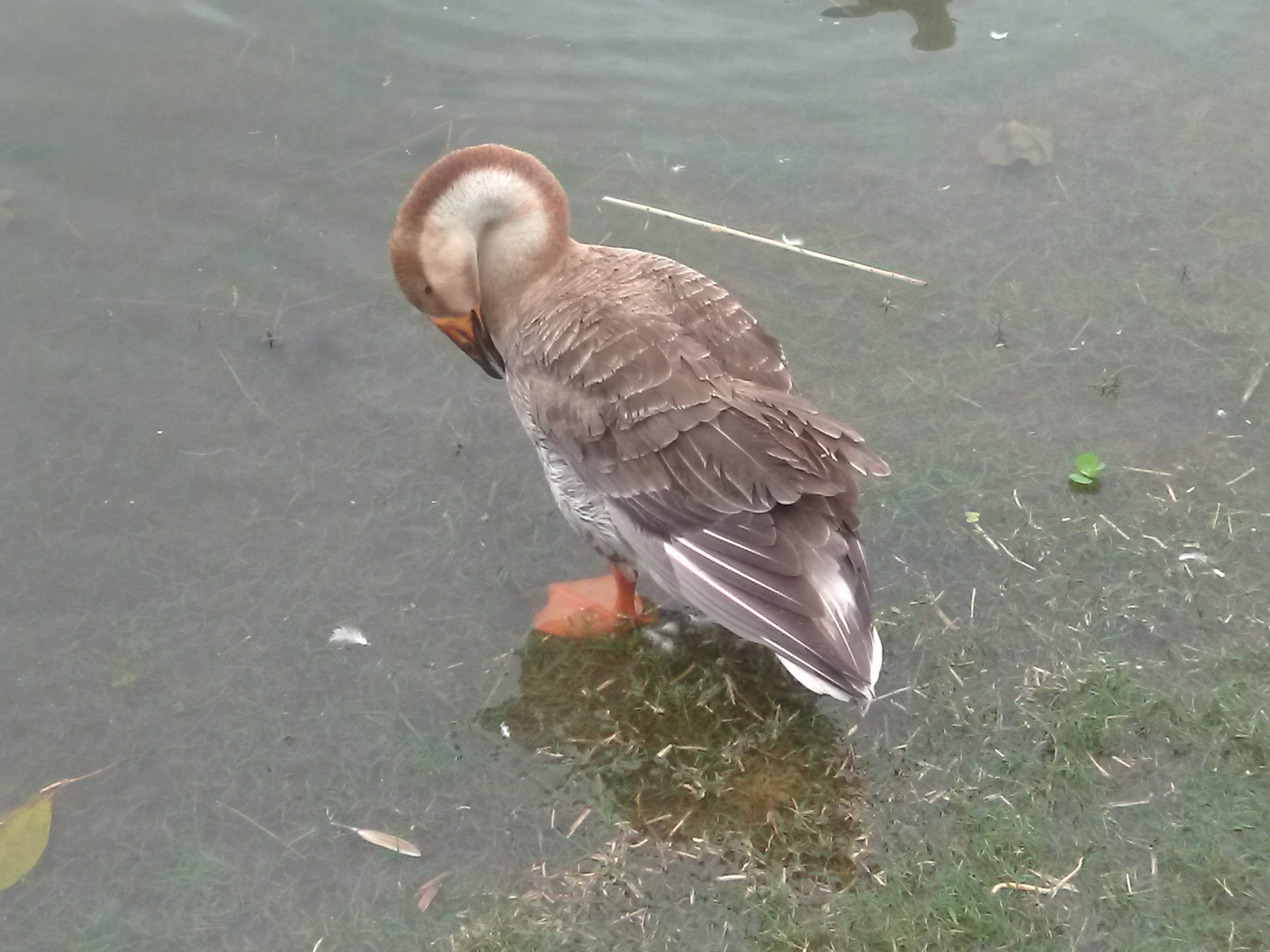
Swans are birds of the Anatidae family. Anatidae is a biological family of birds that live in water such as ducks, geese, and swans. You are looking at this image of a swan standing in water. You will also see them swimming in the water. They can also dive into the water to gather food. Swans can be of different species. Six species of swans still survive in the world. Sadly, many of their species have become extinct. Among the living species, Coscoroba is known as swan, but people do not think of them as true swans. It is sad for this species. Ha ha ha
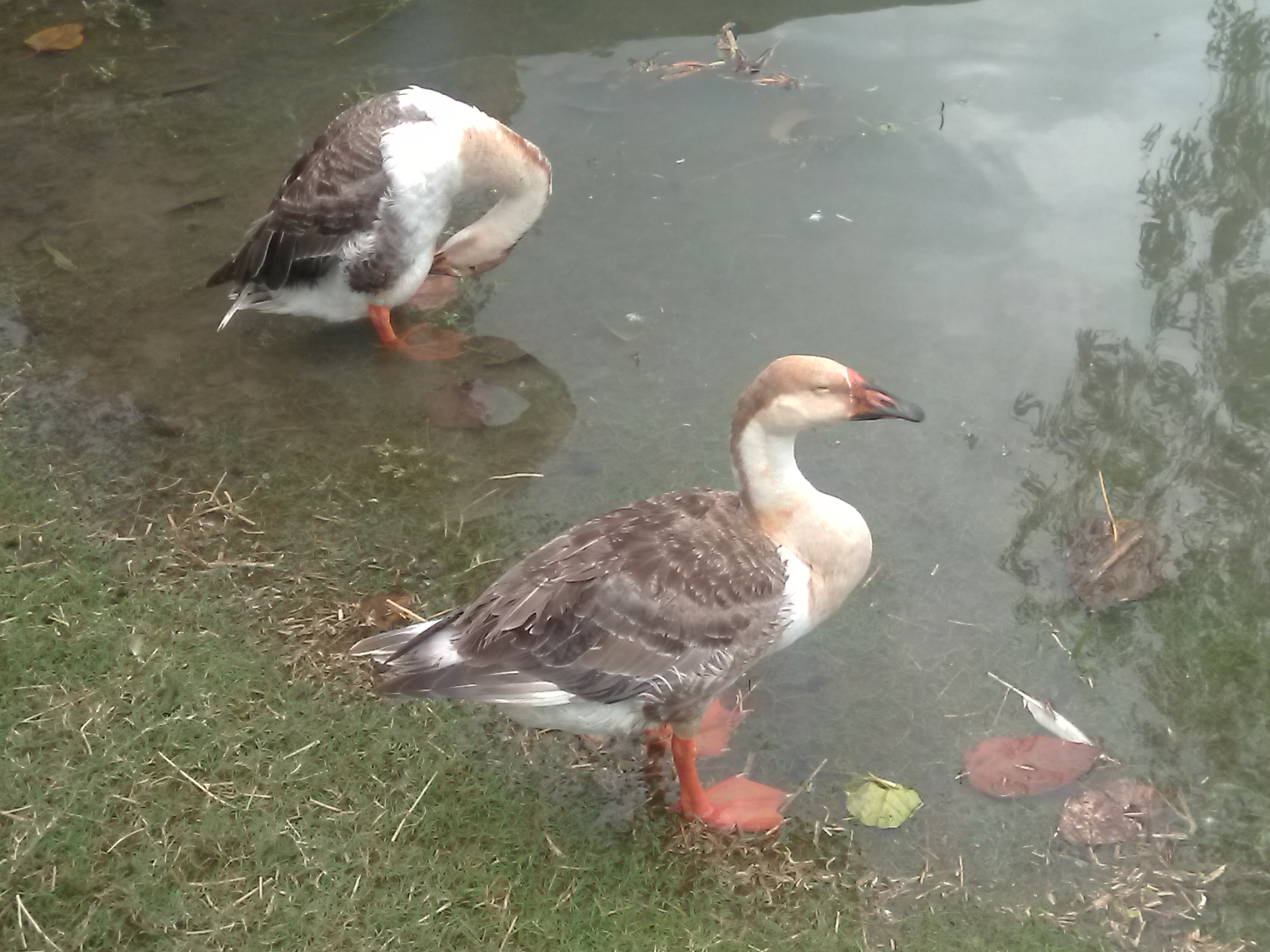
You will be surprised to know that swans have life partners. Of course, many birds have mates. They mate for their lives and, like humans, sometimes break up. Isn't it surprising? They are separated during nest building. They may leave each other if their mates fail to build a nest. The matter is that you could not accommodate your wife and she left you or you yourself left the wife. Ha ha ha ... And if the partners of the swans die, then it is not possible to stay alone, so they choose new partners. They mate and lay eggs to produce swans. They lay three to eight eggs in each clutch which is less than other ducks. As a result, you see less of them while other ducks are more
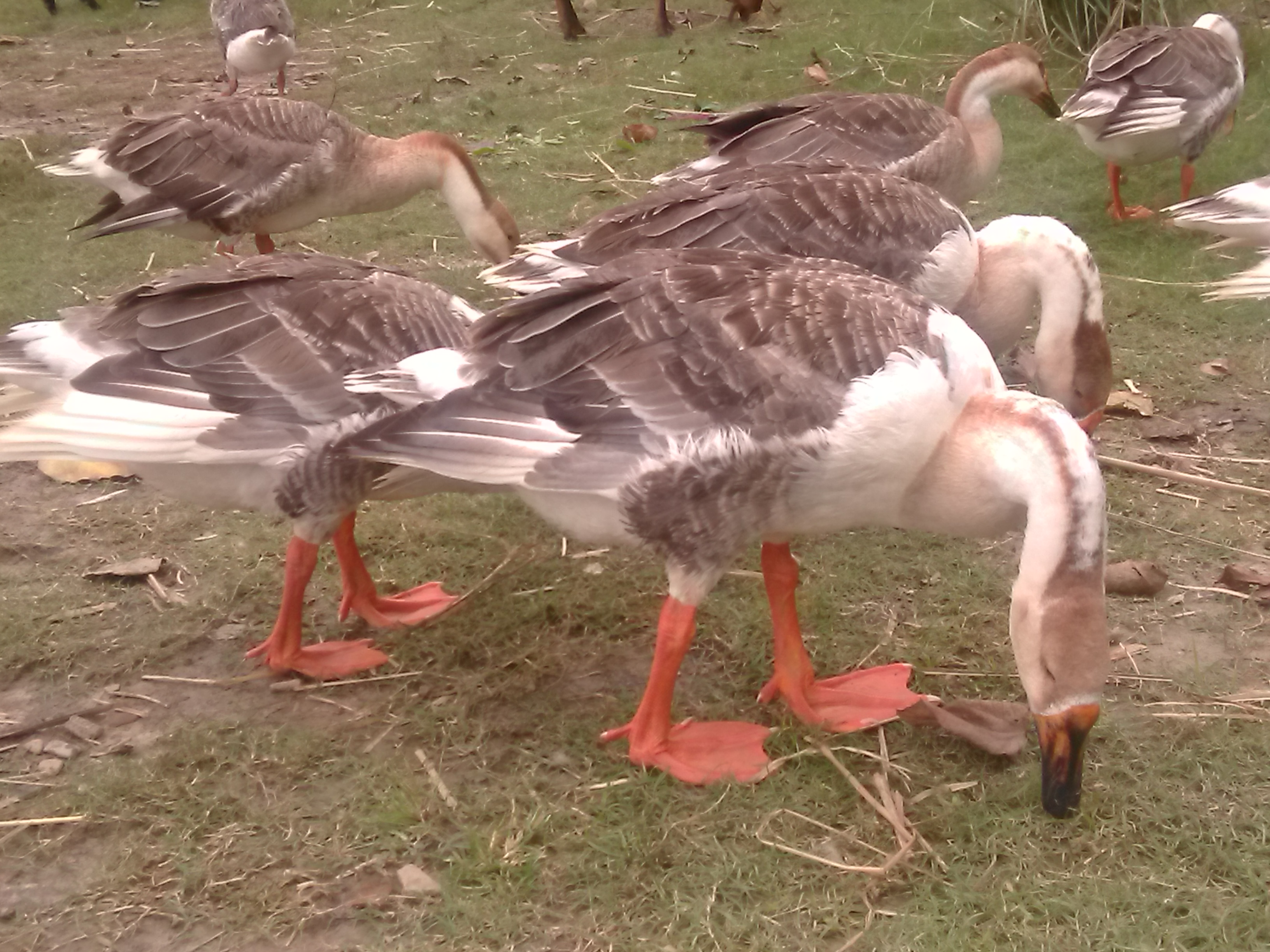
You see in this image there are many swans together. They live in groups. I went to catch a swan and all the other swans wanted to attack me. When they run away they run away together. They can travel in flocks of 100 swans or more as they migrate from one place to another! They are highly adaptable animals thought to have adapted to eating agricultural waste.
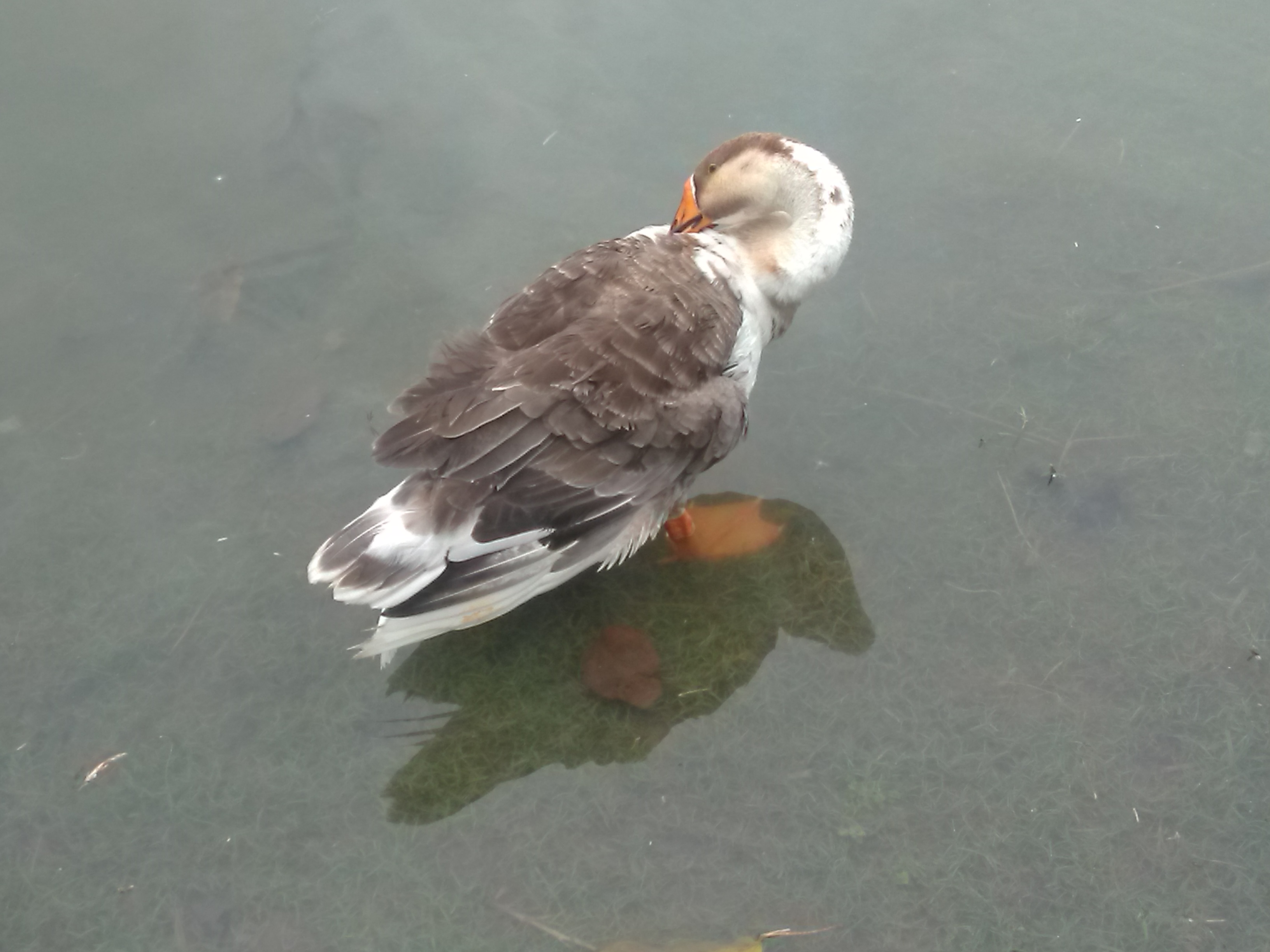
Swans often rest in nature. I have seen them rest like this when they are tired after a lot of swimming and eating. You will see them resting in groups. They rest with one leg up and one on the ground.
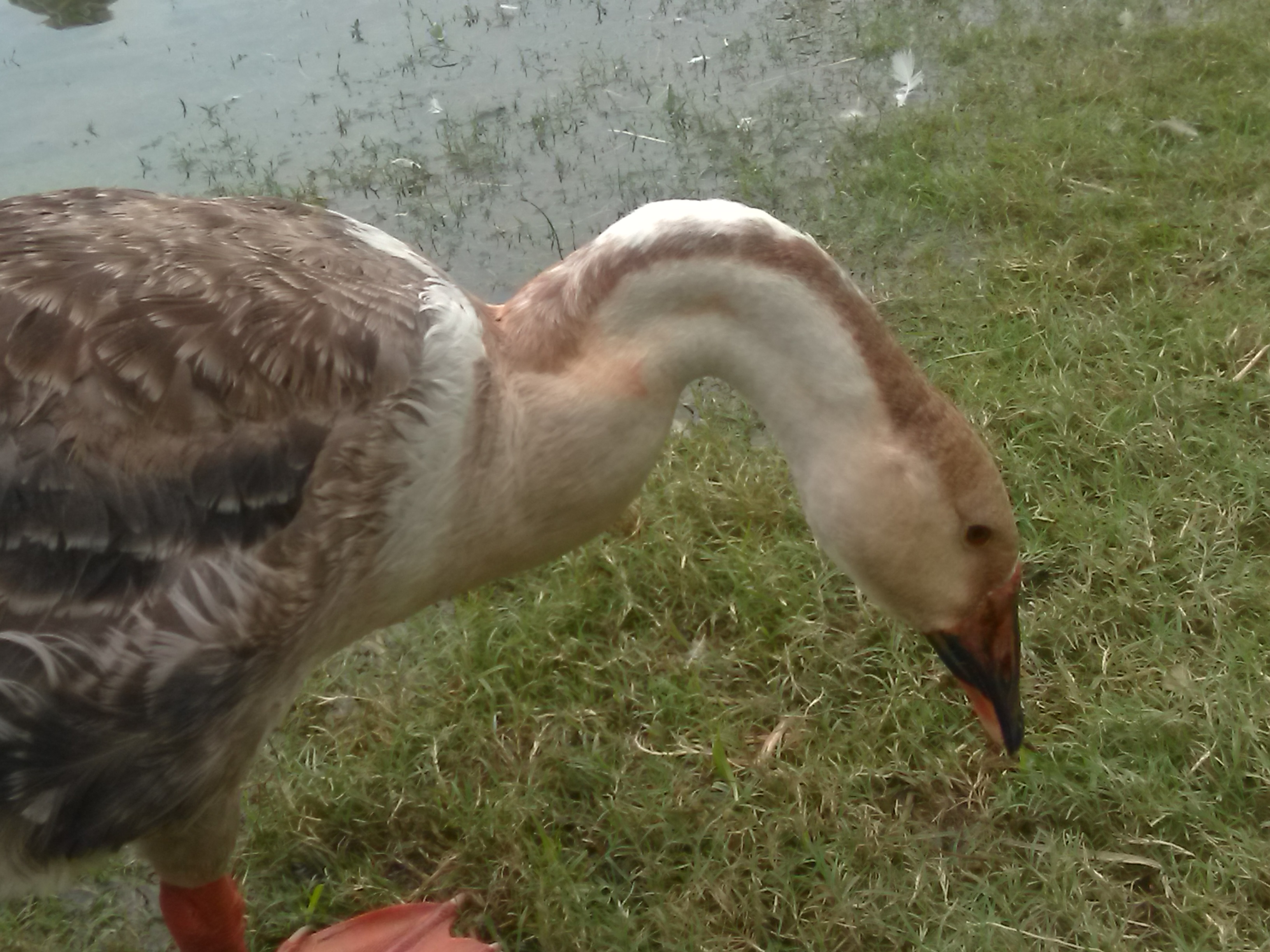
Swans have long necks that allow a swan to forage both on land and under water. Its throat helps it hunt. They use their long necks to track their prey and hold their prey by shortening and extending their necks as needed. If they had short necks, they would not have been able to see far.
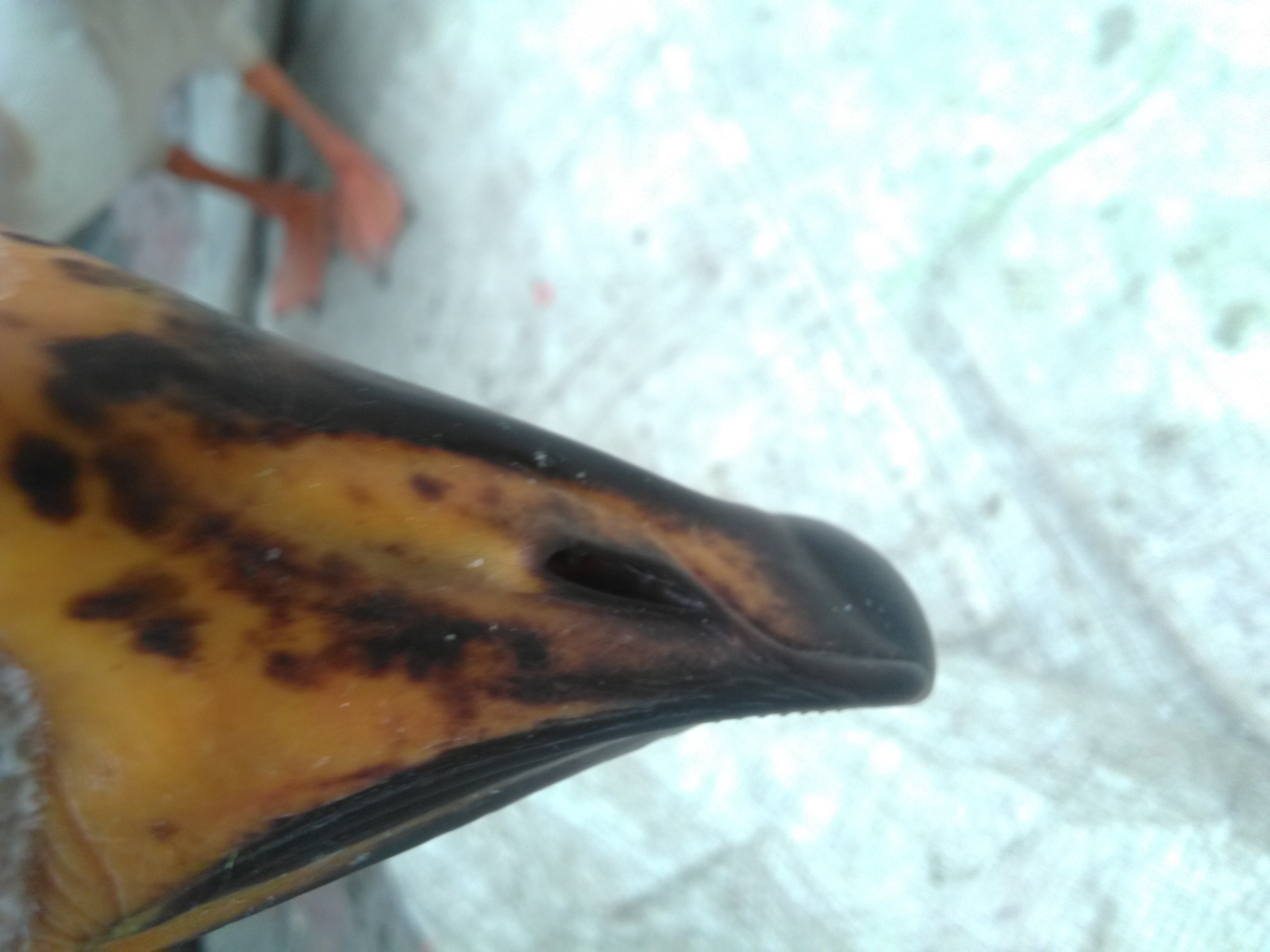
If you look at the picture, you will see that the shape and color of the beaks are different from the overall color.
Structure of swan's beak
- A swan's beak is a basal knot
- Upper and lower mandible
- A thin keratinized layer
- A serrated and comb-like lamella
- A nail
Although swans do not have teeth, they have strong beaks with which they peck and swallow their food. Swan beaks have a lamella, a thin layer of membrane that lines the edges of the beak. You can tell by looking at it that the swan has teeth. Their lamellae act like teeth, which they use to cut vegetables, etc.
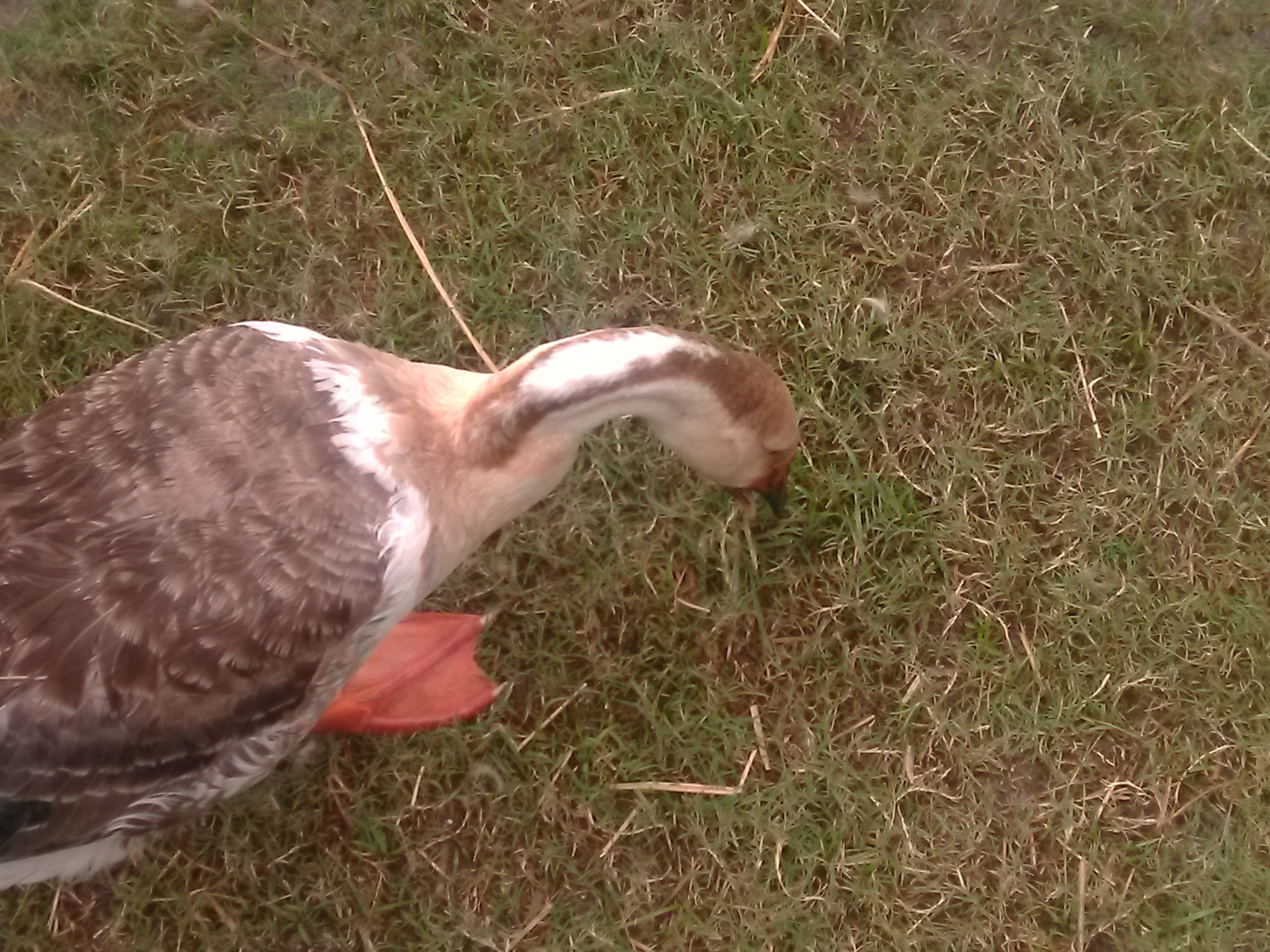
I saw swans eating grass. They are herbivores. Snails are their favorite food. They eat small snails with their upper shells. Those who farm swans grind the large snails to powder and feed them. They eat small insects and even worms. They also eat fish if you let them
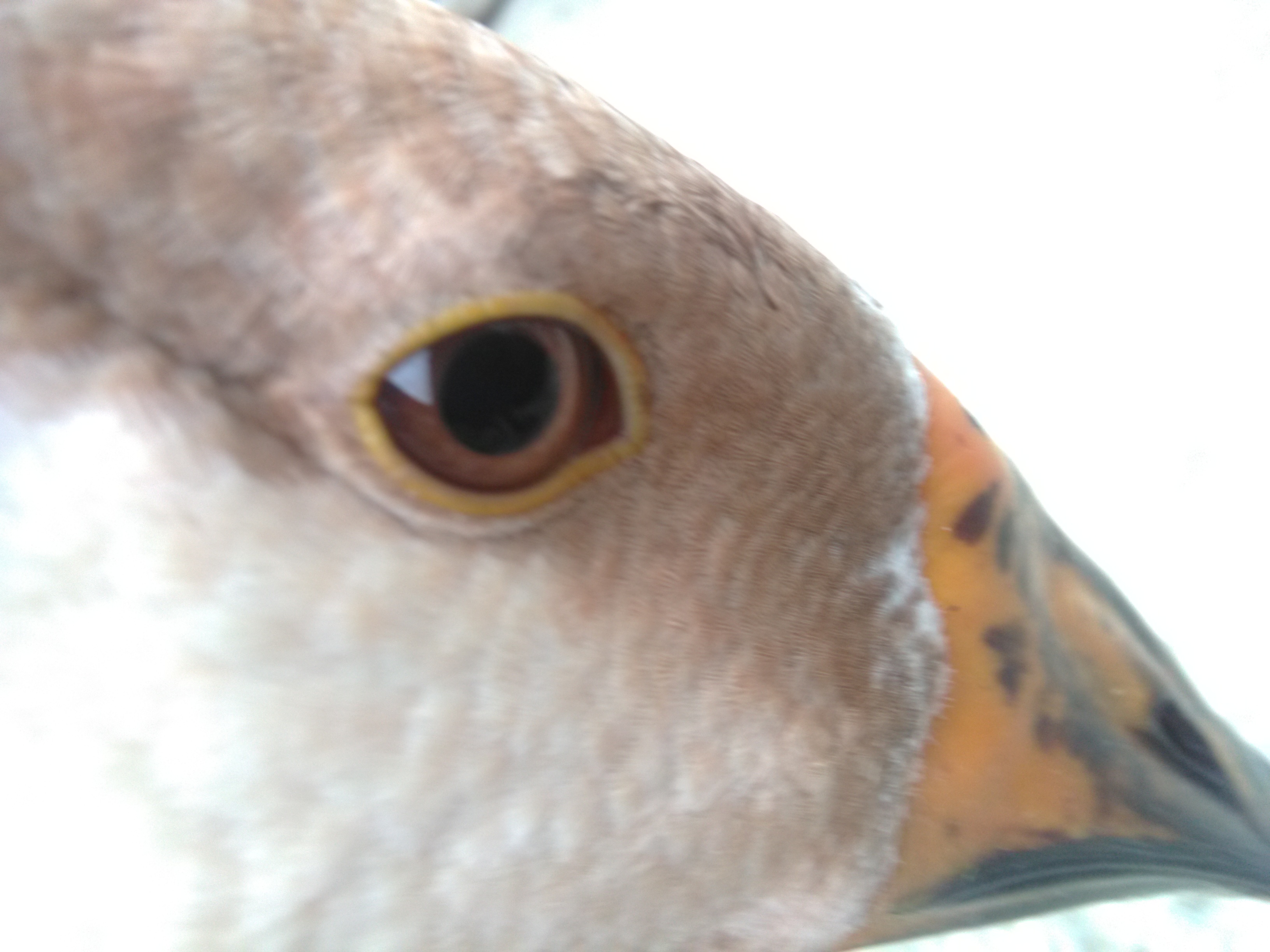
A swan has two eyes. Good eyesight plays an important role in every life as well as swans. They use their eyes to gather their food and escape from danger. They recognize their nests and each other by their eyes. They can sense if a predator approaches them. A swan's eyes are located on either side of the head, the image shows one eye on one side. Swan eyes are able to see ultraviolet rays of the electromagnetic spectrum whereas human eyes are sensitive to these rays. Swans may be able to see ultraviolet light because they have the necessary cells in their retinas. Swan eyes are amazing. Their eyes have a nictitating membrane. It is an extra eyelid. Swans use it like glasses in the water. Because the nictitating membrane is transparent, they can see through it everything in the water like a diver. Nikitating membrane is natural goggles. The Swans are lucky to have it.
Swans are generally found in temperate and comfortable environments. Although rarely found in tropical areas, they can adapt to water. You can see them down in the cold water of winter. Swans also live in the northern hemisphere. Four or five species are found there. A species of swan lives in Australia. Although they are absent from tropical Asia, Central America, North South America and entire Africa, we have many domesticated swans in our country.
Swans are very peaceful birds and very beautiful to look at. They benefit humans by providing eggs and meat. They are good for the environment and make nature more beautiful. Keeping more swans can be economically sustainable. They have existed on Earth for thousands of years. We help them reproduce without harming them. Stay well everyone.
References :
wikipedia
swanlife
quora
a-z-animals
wise-answers
britannicaThanks for reading
Best regards

Congratulations @momins! You have completed the following achievement on the Hive blockchain and have been rewarded with new badge(s):
Your next target is to reach 600 upvotes.
You can view your badges on your board and compare yourself to others in the Ranking
If you no longer want to receive notifications, reply to this comment with the word
STOPTo support your work, I also upvoted your post!
Check out the last post from @hivebuzz:
Support the HiveBuzz project. Vote for our proposal!
It remembered me about my final project in my ethology class! I was also observing another type of birds in a lake the whole day, how they feed, how they socialize etc!

nice study!
!1UP
Thanks, you can feel happiness by watching the birds. I think you did.
You have received a 1UP from @gwajnberg!
@stem-curator, @vyb-curator, @pob-curator
And they will bring !PIZZA 🍕.
Learn more about our delegation service to earn daily rewards. Join the Cartel on Discord.
Thanks for your contribution to the STEMsocial community. Feel free to join us on discord to get to know the rest of us!
Please consider delegating to the @stemsocial account (85% of the curation rewards are returned).
Thanks for including @stemsocial as a beneficiary, which gives you stronger support.
I am impressed by some of the pictures. You managed to get quite close to them (without being attacked; I am sure they will if they feel danger). Wow :)
They wanted to attack me and I defended myself. They scared me. If I had gone near the mother swan, she would have attacked me for sure. Thank you.
I see. Thanks for those extra details!
Thank you too